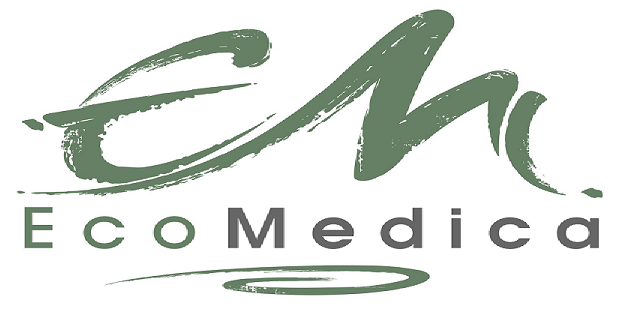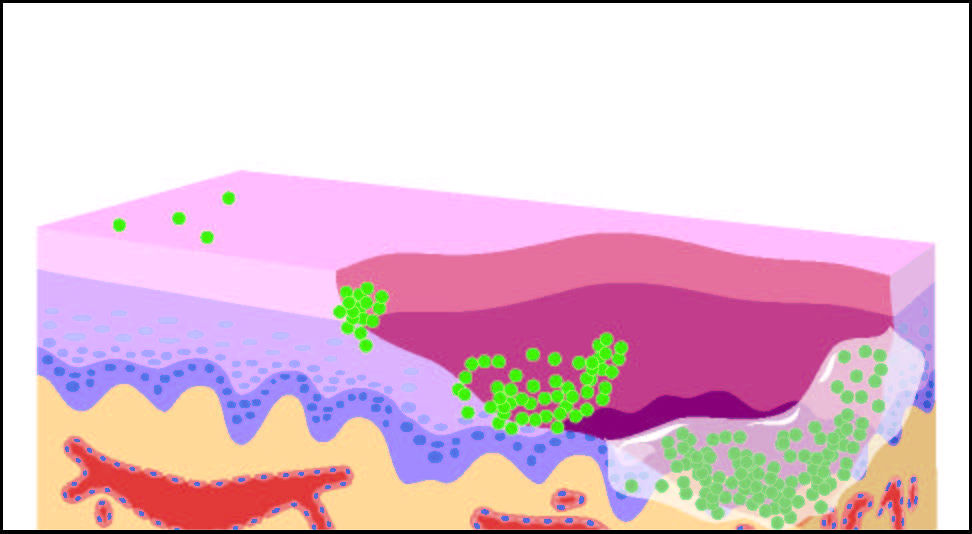The Bacterial Biofilm is a sticky, viscous negatively charged substance similar to “bacterial slime”, composed of mucopolysaccharides and DNA, and stabilized by minerals and probably heavy metal molecules. Plaque found on teeth surfaces is an example of a biofilm. Biofilm adheres to aqueous environmental surfaces like vascular endothelium and proliferates. Most types of bacteria secrete some form of this substance which allows them to dwell in the vasculature and extracellular matrix of tissues while also living in a community. By utilizing cell adhesion molecules, the bacteria bind to surfaces, “seed”, and form new colonies allowing for continued proliferation.
A biofilm community can be comprised of more than one bacterial species (and viral species) that cohabitate and engage in “quorum sensing”, an evolutionarily old form of bacterial communication. This is important as we begin to unravel the mysteries encased within the complicated architecture of biofilm. Biofilm resembles “cheesecloth” where it is negatively charged, loose, fluid, and anchored at certain places by positively charged ions including calcium, magnesium, mercury, lead, etc… This may be why when a Borreliosis/Lyme disease patient undergoes heavy metal chelation, they often experience an exacerbation of symptoms. Chelation of minerals and metals essentially destabilizes the biofilm, rendering the inhabiting bacteria more vulnerable to the hosts’ immune system and antimicrobials. Additionally, a recent study demonstrated that bacteria actually sense the presence of ammonia which ultimately regulates the social behavior of species contained within the biofilm community. The ability to sense ammonia leads the microorganisms to nutritional sources such as proteins which are nitrogen-containing molecules so that feeding can take place.
Dr. Alan MacDonald, a highly regarded Borreliosis/Lyme disease researcher in New York, demonstrated that Borrelia species not only produce biofilm, but can live in the community in any form (i.e., spirochete, L form, spheroplast, and cyst). Additionally, other zoonotic bacteria such as Babesia, Bartonella, Ehrlichia, Anaplasma, and Mycoplasma species inhabit these communities as well. The bacterial biofilm is used to both protect the bacteria from the hosts’ immune system, while also serving as a nutritional reservoir in times of harsh environmental conditions. It’s a very evolutionarily old and efficient way to ensure that many bacteria of a certain species survive, thrive, and replicate. Essentially, it is “bacterial commune living.”
The biofilm can adequately prevent antibiotics from reaching pathogenic bacteria and this may account for some people developing chronic Borreliosis/Lyme symptoms. The film is effectively protecting many bacterial species that can later escape the community, reproduce and move on to inhabit other tissues.
Currently, it is not scientifically known how to permanently degrade the biofilm, however, it is known that proteolytic enzymes are very effective at dissolving mucopolysaccharides. Typically, biofilm is degraded by enzymes including:
- Bromelain
- Lactoferrin
- Lumbrokinase
- N-Acetylcystein
- Nattokinase
- Serrapeptase
- Wobenzym
- Xylitol
Also, the peptide, KPV is great at degrading bacterial biofilm.


